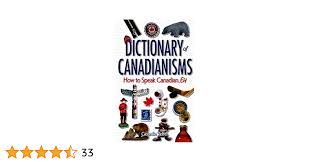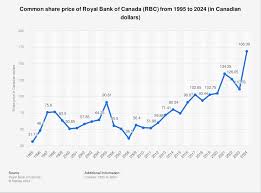
Introduction
The Dictionary of Canadianisms stands as an important resource for understanding the rich and diverse linguistic landscape of Canada. This lexicon provides insights into the distinctive words, phrases, and expressions that are uniquely Canadian, reflecting the country’s multicultural heritage and regional identities. As Canada continues to evolve, so does its language, making this dictionary relevant for educators, students, linguists, and anyone interested in Canadian culture.
What is a Canadianism?
A Canadianism is a word or phrase that is characteristic of Canadian English. These unique expressions range from common usage terms like “loonie” (the one-dollar coin) and “toque” (a knitted winter hat) to regional slang that varies across provinces. Linguists often study these terms to gauge not only the language itself but also the culture and attitudes within a particular region. For example, the word “chesterfield,” which means a couch, is chiefly used in the eastern parts of Canada.
Key Features of the Dictionary
The Dictionary of Canadianisms is comprised of several key features:
- Regional Variations: It highlights how certain words may have different meanings or usages across various provinces.
- Cultural References: Many terms reflect Canada’s history, sports, and popular culture, emphasizing influences like Indigenous languages and French.
- Historical Context: Entries often come with explanations of when and how the terms entered common usage, showcasing the evolution of the language.
Recent Developments
In 2023, linguistic experts and cultural historians have revisited the Dictionary of Canadianisms to add new terms that have emerged in recent years, particularly due to the rise of social media and globalization. Words like “adulting” (the practice of behaving in a way characteristic of a responsible adult) and phrases reflecting contemporary Canadian experiences have made their way into the lexicon.
Conclusion
In summary, the Dictionary of Canadianisms not only enriches our understanding of the English language as spoken in Canada but also serves as a bridge among cultures and generations. As Canadians continue to embrace their unique identities, this dictionary becomes an essential tool for preserving the nuances of their language. As we look forward, it is crucial to anticipate how global influences will continue to shape Canadian English, and how the dictionary will adapt to reflect these changes. For anyone fascinated by language and culture, the Dictionary of Canadianisms offers a delightful exploration into the very heart of Canada’s linguistic identity.

